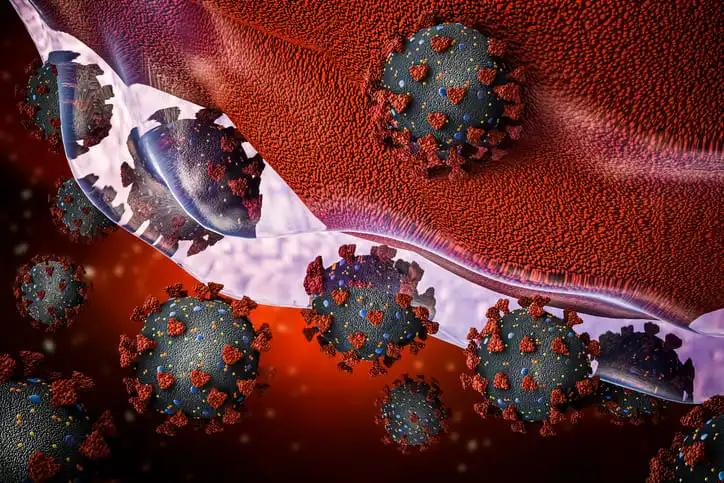KEY TAKEAWAYS
- This study aimed to investigate the dose-response relationship between sIR and LC risk.
- The sIR is a useful proxy for radon exposure in LC studies, though linear assumptions may vary below 200 Bq/m³.
Radon, a radioactive gas, is a significant risk factor for lung cancer (LC). Understanding the relationship between radon exposure and LC risk is crucial for public health interventions.
Albert Rosenberger and the team aimed to investigate the dose-response relationship between spatial indoor radon exposure in the residential area (sIR) and the risk of developing LC.
Researchers examined the dose-response relationship between radon and lung cancer risk using data from the International Lung Cancer Consortium, which included 8,927 cases and 5,562 controls across Europe, North America, and Israel from 1992 to 2016. They linked sIR from national surveys to participants’ residential locations and applied parametric linear and spline functions within a logistic regression framework.
A non-linear spatial-dose response relationship was observed for sIR values below 200 Bq/m3. The lowest LC risk was identified in areas with an average radon exposure of 58 Bq/m3. Notably, areas averaging 25 Bq/m3 and 100 Bq/m3 showed a similar increase in relative LC risk (OR= 1.31 and OR= 1.34, respectively).
The association between sIR and LC risk was most pronounced for small-cell lung cancer (SCLC) and least prominent for squamous cell carcinoma. Additionally, a stronger association was observed in men, particularly at higher exposure levels, and among individuals younger than 69 years.
The findings suggested that sIR serves as a valuable proxy for individual radon exposure in epidemiological studies of lung cancer. However, the common assumption of a linear, no-threshold dose-response relationship, often applied to individual radon exposure, might not be appropriate for sIR values below 200 Bq/m3.
The National Institutes of Health (7U19CA203654–02/ 397,114,564–5,111,078 Integrative Analysis of Lung Cancer Etiology and Risk) supported this work. Other individual funding sources for participating studies and members of INTEGRAL-ILCCO.
Source: https://pubmed.ncbi.nlm.nih.gov/39194344/
Rosenberger A, Bickeböller H, Christiani DC, et al. (2024). “On the informative value of community-based indoor radon values in relation to lung cancer.” Cancer Med. 2024;13(16):e70126. doi:10.1002/cam4.70126



